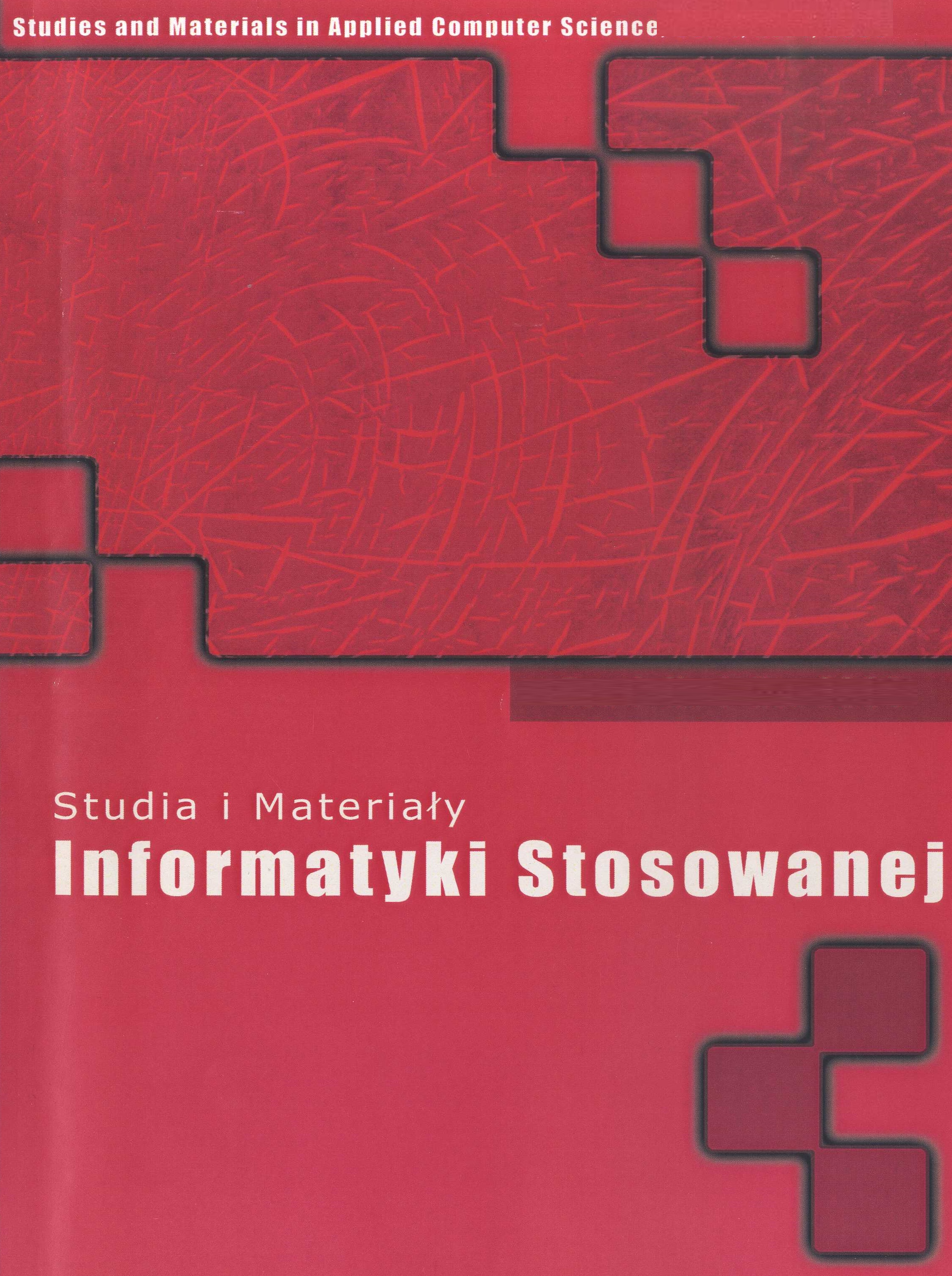Effectiveness of blink classification using selected neural networks
DOI:
https://doi.org/10.34767/SIMIS.2021.01.02Keywords:
Neural networks, artificial intelligence, headset, BCI, EEG.Abstract
The main objective of this study was to compare and demonstrate which of the presented neural network types will best classify the extracted EEG signal measured by the Emotiv EPOC headset. The presented neural networks are used in a wide range of data processing. A convolutional network and a Kohonen network have been selected. The network parameters such as number of learning data transitions in one learning session have been modified. The study considers the degree of signal classification error by the network and the amount of time required to train the model. The comparative value is the ratio of training time to classification accuracy. The obtained results are presented as plots of the relation of the above-mentioned values to the parameters concerning the learning of the network model.
References
D. L. Felten, R. F. Józefowicz, J. A. Craig, C. A. Machado, and J. A. Perkins, Atlas neuroanatomii i neurofizjologii Nettera. Elsevier Urban & Partner, 2012.
L. Grad, “Przykład optymalizacji struktury sztucznej sieci neuronowej metodą algorytmów genetycznych,” Biuletyn Instytutu Automatyki i Robotyki, vol. 12, no. 23, pp. 27–36, 2006.
N. F. G¨uler, E. D. Ubeyli, and I. G¨uler, ¨ “Recurrent neural networks employing lyapunov exponents for eeg signals classification,” Expert systems with applications, vol. 29, no. 3, pp. 506–514, 2005.
M. Jukiewicz, M. Buchwald, and A. CysewskaSobusiak, “Usuwanie artefaktów z sygnałów sterujących interfejsem mózg-komputer,” Poznan University of Technology Academic Journals. Electrical Engineering, 2017.
M. Kołodziej, R. J. Rak, and A. Majkowski, “Interfejs mózg-komputer – wybrane problemy rejestracji i analizy sygnału EEG,” PRZEGLĄD ELEKTROTECHNICZNY, 2009.
A. Krizhevsky, I. Sutskever, and G. H. Hinton, “Imagenet classification with deep con- volutional neural networks,” Adv. Neural Inf. Process. Syst, vol. 25, 2012.
R. Leszek, “Metody i techniki sztucznej inteligencji,” PWN, Warszawa, 2005.
D. Matthew and R. Fergus,“Visualizing and understanding convolutional neural networks,”in Proceedings of the 13th European Conference Computer Vision and Pattern Recognition, Zurich, Switzerland, 2014.
D. Mikołajewski, E. Tomaszewska, and M. Karczmarek, “Interfejsy mózg-komputer w sterowaniu urządzeniami i systemami mechatronicznymi,” Studia i Materiały Informatyki Stosowanej, vol. 10, no. 2, pp. 4–9, 2018.
S. Paszkiel, “Wykorzystanie metody PCA i ICA do analizy sygnału EEG w kontekście usuwania zakłóceń,”Pomiary AutomatykaKontrola, vol. 59, no. 3, pp. 204–207, 2013.
S. M. Plis, D. R. Hjelm, R. Salakhutdinov, E. A. Allen, H. J. Bockholt, J. D. Long, H. J. Johnson, J. S. Paulsen, J. A. Turner, and V. D.Calhoun,“Deep learning for neuroimaging: a validation study,” Frontiers in neuroscience, vol. 8, 2014.
T. Pracki and D. Pracka, “Elektroencefalografia cyfrowa,” Sen, vol. 4, pp. 71–77, 01 2004.
R. Tadeusiewicz, Sieci neuronowe. Akademicka Oficyna Wydawnicza Warszawa, 1993, vol. 180.
R. Tadeusiewicz and M. Szaleniec, Leksykon sieci neuronowych. Projekt Nauka. Fundacja na rzecz promocji nauki polskiej, 2015.
M. D. Zeiler, D. Krishnan, G. W. Taylor, and R. Fergus,“Deconvolutional networks,”in 2010 IEEE Computer SocietyConference on computer vision and pattern recognition. IEEE, 2010.
J. Żurada, M. Barski, and W. Jędruch, Sztuczne sieci neuronowe: podstawy teorii i zastosowania. Wydawnictwo Naukowe PWN, 1996.

